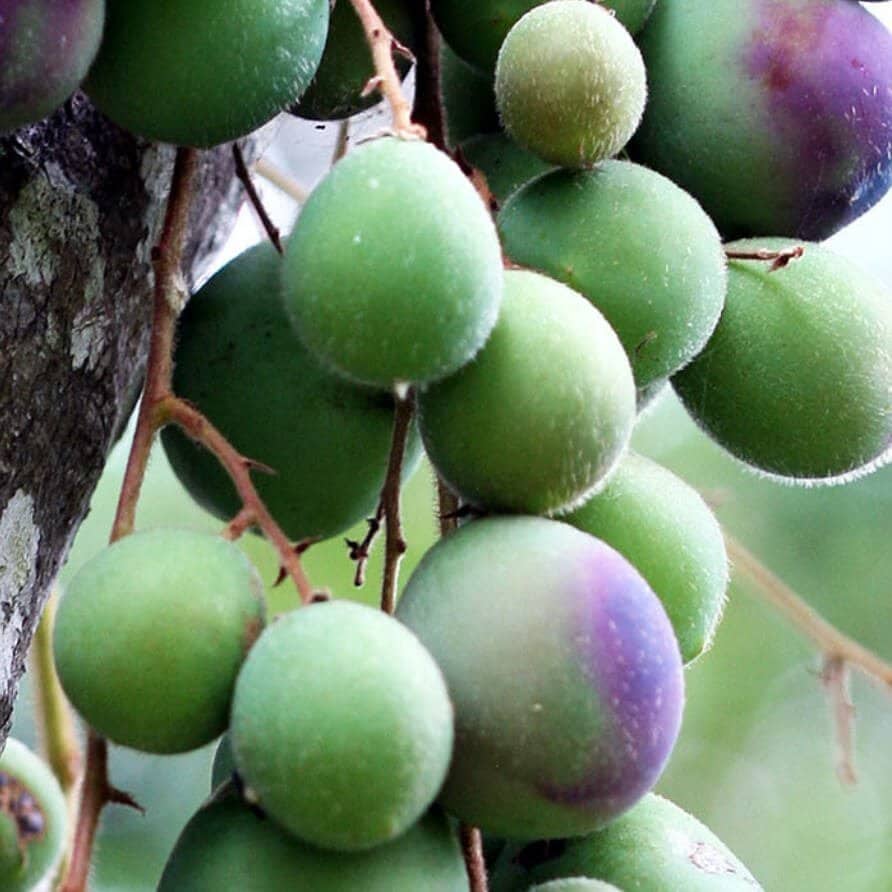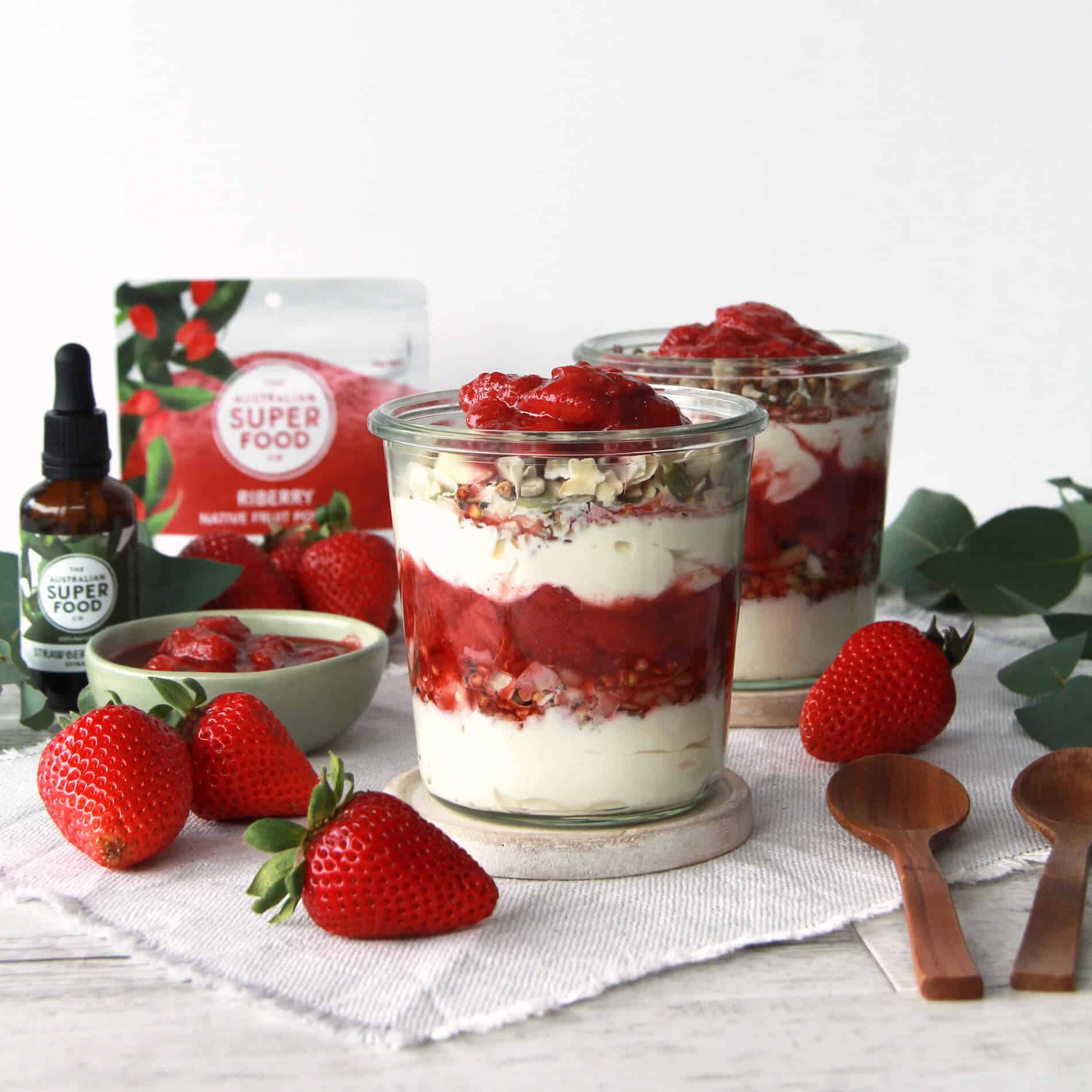How to snack… the right way
20/08/2015Snacking. We’re all guilty of it. Whether it’s an afternoon sugar hit, weekend boredom, or mid-morning cravings, it’s a perpetual habit both the unhealthy and the healthy can relate to.
Well we’re not here to tell you otherwise, we’re just here to tell you how to do it properly. In fact, snacking, if done correctly and in moderation, can be quite a beneficial component to a nourishing diet.
It can improve your metabolism, help with weight control, contribute to a structured eating plan, maintain your energy levels and act as an appetite controller by preventing you from overeating at your next meal.
It’s what we associate with the word snacking that’s problematic; our restricted perception of what ‘snack’ foods are. Thus, being informed of what to keep an eye out for in packaged goods and becoming aware of what foods give us that ‘fuller for longer’ feeling is crucial.
1) Nutrient density
Nutrient dense foods are those that contain a higher concentration of vitamins, minerals, complex carbohydrates, lean protein and healthy fats, with fewer calories. Bursting with properties as such including lutein, Vitamin C, antioxidants, zinc, calcium, folate and manganese (to name a few), foods such as Kakadu Plum, Quandong and Lemon Myrtle are perfect examples of nutrient density.
2) Fibre and protein
Snacks that are high in both fibre and protein, such as Australian Superfood Raw Bars, keep you feeling fuller for longer. Protein (e.g. Wattleseed) boosts metabolism and helps burn fat, not muscle, while fibre (particularly soluble fibre) fills your stomach without the calories. This is a great method for cutting back on calories, combatting stubborn fat and preventing weight gain (without having to starve yourself!).
3) Low GI (low-glycaemic)
Combining natural sugars with fat and protein to generate a more gradual release and absorption of glucose is the best recipe for a low GI snack. A simple Glycaemic rating guide is as follows:
- Low GI: less than 55
- Moderate GI: between 55 and 70
- High GI: greater than 70
Making healthy convenient
Choosing to give up the quick (refined) sugar fixes and snack with this more wholesome frame of mind doesn’t have the limitations you may think. We call this smart snacking because it can take a little thinking outside the box.
Some helpful tips to get you on track:
Combine – if high GI foods are present simply combine them with low GI foods to balance the glycaemic levels
Substitute – high GI foods like potatoes can be substituted with healthier alternatives such as legumes, sweet potato and cauliflower
Go for grains – if bread is involved, always opt for a more grainy loaf
Quality over quantity – add more nutrient dense foods such as Australian superfoods to your snacks to enjoy more energy and nourishment for longer from smaller portions
Water – thirst is often confused as hunger, so always have a glass of water before reaching straight for the snacks
Our favourite snacks
- Home-made protein balls or truffles sweetened with Air Dried Superfruits – these keep great in the fridge and taste like a real treat
- Carrots with hummus dip
- Greek Yogurt combined with nuts, seeds and berries – add Freeze Dried Riberry or Freeze Dried Davidson Plum superfood powder if you prefer flavoured yogurt
- Coconut popcorn – simply use coconut oil instead of butter
- Australian superfood Raw Bars – gluten free, dairy free, high in fibre and the perfect combination of natural sugars, seeds and nuts
- Hard boiled eggs
- Smoothies – made with Freeze Dried Superfood Powder and kept in jars for on-the-go sustenance
- Mixed nuts and dried fruit
- Home made granola or muesli – Seeds, nuts and oats sweetened with Air Dried Superfruits
- Roasted chickpeas
You may need to invest in some new Tupperware but with the right knowledge, a little planning ahead and some will power, it won’t be long before this particular style of snacking becomes second nature and you start feeling and seeing the difference in your body.
Only snack when hungry, and remember that moderation, balance and portion control is key.
Nutrition










